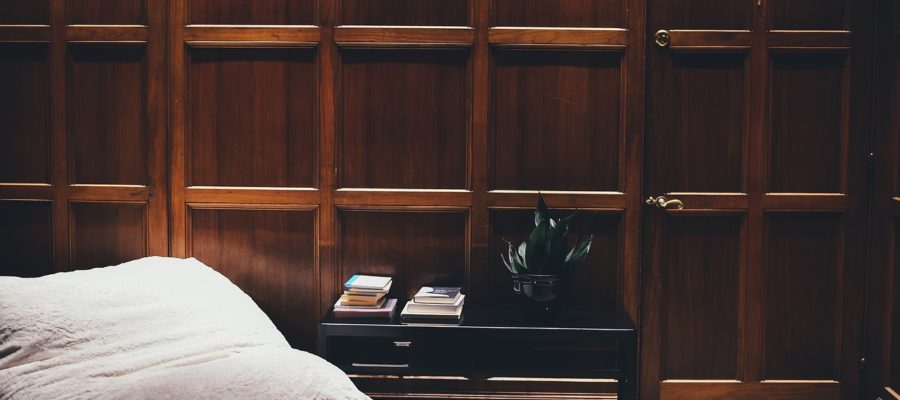No building material is as widely used as wood. Since people first began building their own abodes, wood has been a go-to choice. For today’s homeowner the options are endless, but that doesn’t mean every type of wood is right for flooring and furniture.
Selecting the best wood species goes beyond appearance. Durability is a huge factor since wood isn’t rock solid. That means taking care of wooden floors will also come into play. Some woods are stronger and last longer with less upkeep compared to others.
Wood material is so important companies like Hickory Chair have created a brand identity based on the quality wood they use. After more than a century, many of their furniture pieces are still in homes today, which speaks to the resilience of some woods.
If you’re searching for high quality furniture, building custom cabinets or looking for materials to replace your flooring, here are the wood species that should work the best.
Hickory
Let’s go ahead and start with an obvious choice – hickory. When it comes to the combination of beauty, strength, toughness, hardness and stiffness, nothing beats hickory. Furniture makers note that hickory is excellent for providing a strong framework in chairs and sofas.
Cherry
This species gets its name from the warm, deep color of the wood. It’s very fine straight grain makes cherry a popular choice for cabinets, but you’ll also see it used for ornate furniture. Cherry is easier to shape than other wood species, and it also polishes up nicely. The one downside to cherry is its price tag, which is higher than most other wood options.
Maple
Extremely hard, durable and inexpensive – maple checks a lot of boxes for furniture making and flooring. You’ll usually find it when you’re shopping for flooring in high traffic areas and heavy-use items, like a dresser. As long as it’s properly sealed, maple’s light color stains well and can even replicate the look of pricier woods such as mahogany and cherry.
Pine
You’ll find pine floors in many homes that were built before the 1960s. Because of the characteristic knotty grain, pine is now used when homeowners want a rustic décor. Although it’s a soft wood that’s easier to dent and scratch, pine has many redeeming qualities. It’s low cost, stains and paints well, resists shrinking and doesn’t swell much.
Walnut
The beauty of walnut is hard to match. It’s a hardwood that’s often used for custom furniture and cabinetry. If you want wood furniture that can be handed down for generations, walnut is an excellent choice.
White Oak
The versatility of white oak is difficult for other hardwoods to match. White oak is often used for whiskey barrels because of its strength and low porosity. Flooring experts and furniture makers like that white oak offers great value, has a straight grain and is easy to stain.
Bamboo
Bamboo is an eco-friendly option for tree-lovers that still prefer wood floors and furniture. About 10 years ago bamboo became popular because of its affordability and green properties. Bamboo grows at an extremely fast rate, which means forests can be replenished much quicker compared to other wood species.
However, like pine, bamboo can be scratched or dented if you aren’t gentle on the surface. Another drawback is that you can only resurface bamboo once due to it’s thin veneer.
Reclaimed Wood
More people are going even greener with reclaimed wood that’s been salvaged from dilapidated homes and old furniture. This category actually contains any number of wood species that share the same sourcing method and worn in, rustic appearance. In addition to flooring and furniture, reclaimed wood is a popular option for butcher block countertops.
Reclaimed wood is unique in that it’s already had a previous life. That story and history is infused into the new piece, but it can come at a cost. Pricing reclaimed wood can be a challenge since there are so many variables. Quality, durability, size, shape and source will all influence the price you pay for reclaimed wood.
Teak
If you’re looking for outdoor furniture, teak is the go-to wood species. This extremely hard and durable wood can withstand the elements outdoors without losing its beautiful finish. However, teak is not cheap. Think of it as an investment for your outdoor living space.
Redwood
Those who want an all-natural option for outdoor furniture or a deck often choose redwood. It’s particularly popular in the western region of the U.S. where redwoods grow in abundance. Redwood’s rich, red hue has mass appeal and the wood is naturally decay and insect resistant.


